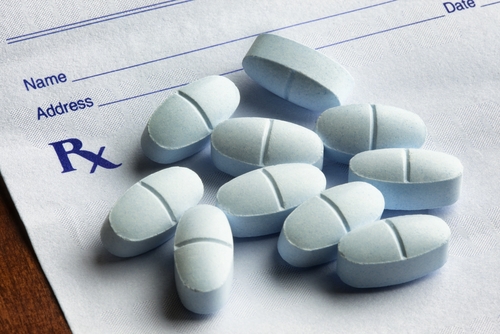
A study of drug diversion in the US reveals that 47.2m doses of medicine worth $454m were channeled from the lawful to the unlawful supply chain last year.
The annual report by Protenus – now in its second year – notes that while there were 11 per cent fewer incidents of clinical diversion the number of doses diverted rocketed 126 per cent from 21m in 2017. The value of drugs that were clinically diverted also rose sharply from $301m.
Diversion typically involves healthcare workers pocketing pills or replacing high-strength opioid analgesics with lower-strength medicines – sometime involving tampering that exposes patients to the risk of infections and other complications.
Unsurprisingly, almost all (94 per cent) of cases involved opioids – mainly oxycodone, hydrocodone and fentanyl – with benzodiazepines also targeted.
This year’s data comes from 324 diversion incidents reported in news articles, so is almost certainly a massive under-estimate as many incidents are never detected or go unreported.
Protenus notes however that new technologies deploying artificial intelligence are becoming available that could increase the visibility of transactions in healthcare settings, and implementing these are “critical to getting ahead of this challenge.”
Drilling into the 2018 numbers. Protenus found that a third (34 per cent) of incidents took place in hospital and medical centre settings, although it notes this group is arguably most likely to be detected.
Another 45 per cent occurred in pharmacy (16 per cent) and physician practice (29 per cent) – again that could be over-inflated by a current crackdown by the Drug Enforcement Administration (DEA) targeting doctors and pharmacists with high opioid prescribing numbers – while 18 per cent observed in long-term care settings.
Doctors are linked to 37 per cent of publicly disclosed diversion incidents, ahead of nurses at 30 per cent, with other employees and pharmacists the only other groups in double figures at 14 per cent and 10 per cent, respectively.
“Current drug diversion monitoring is reactive, with pharmacy professionals only able to react to incidents that are brought to their attention, often after a devastating event has occurred,” said Nick Culbertson, co-founder and chief executive of Protenus.
“Fortunately, the technology now exists that enables health systems to get ahead of this critical challenge in healthcare,” he added.
“Healthcare compliance analytics has the ability to shift health systems from reactive to proactive, allowing healthcare leaders to prevent future diversion incidents instead of reacting to issues after it's too late.”
©
SecuringIndustry.com
 | back to top
| back to top






